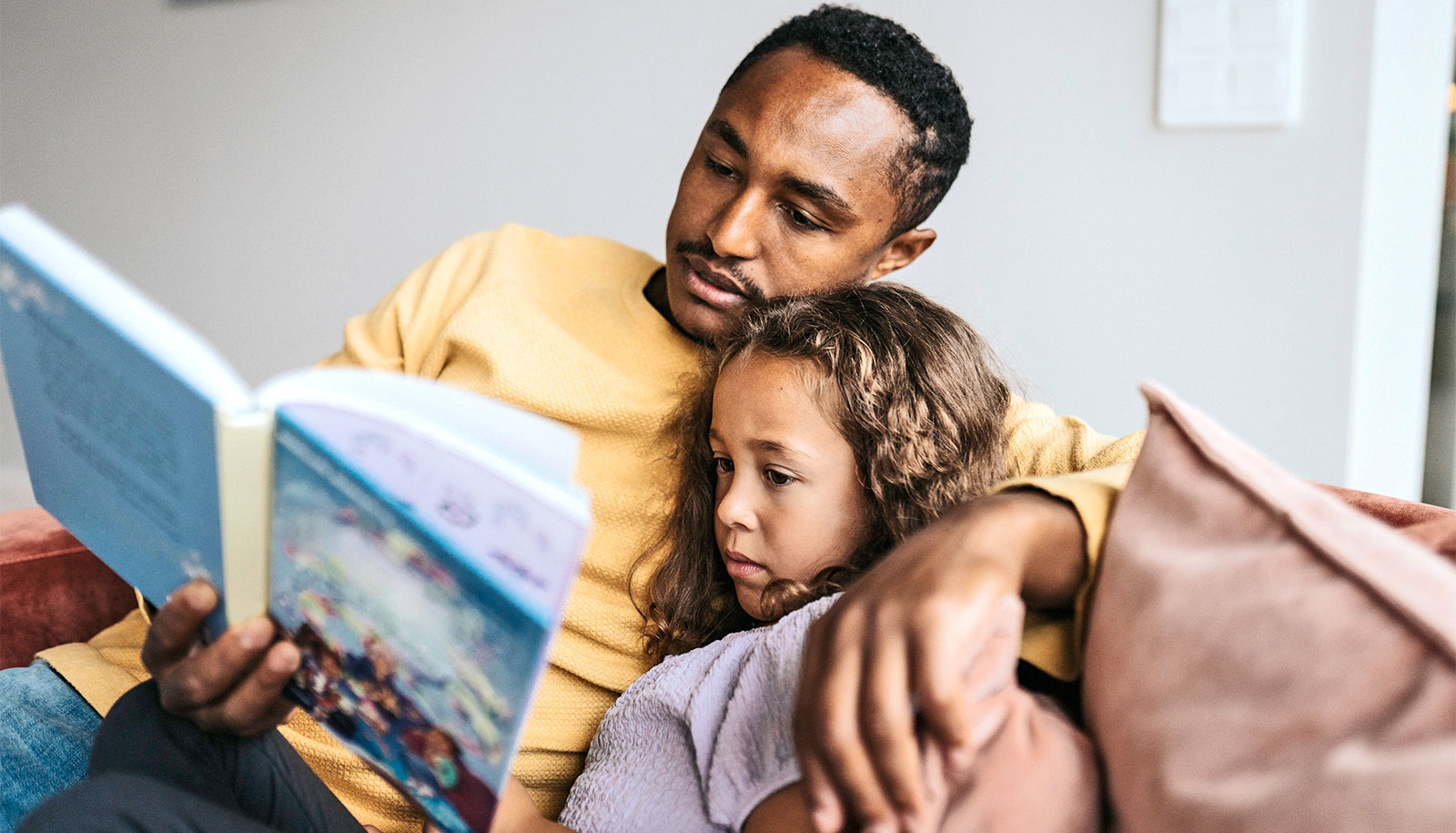Early adolescents’ grades were higher when they socialized with peers from other ethnicities, according to a new study that looked at the lunch habits of more than 800 sixth-graders in three states.
“…the results were just as true for white students as ethnic minority students…”
The findings suggest that schools might look for ways to provide cross-ethnic interaction among students—outside of lunch—to take advantage of ethnic diversity, researchers says.
“The great part about these findings is that the results were just as true for white students as ethnic minority students (African American, Asian, Latino/a, and multiethnic),” says coauthor Adrienne Nishina, associate professor in the human ecology department at the University of California, Davis.
Even white and Asian students, who had significantly higher GPAs than members of other ethnic groups, appeared to benefit from daily cross-ethnic interactions, the study found.
Students who spent lunchtime with at least one cross-ethnic peer received higher GPAs in academic courses as well as higher teacher expectations for their educational attainment at the end of sixth grade, Nishina says. She says teacher expectations are a factor that can influence how students remain engaged in school long term.
Students reported an average jump in GPA of one-third of a point, or the equivalent of going from a B-plus average to an A-minus average. And, the study says, the social skills gained in interaction among peers of other ethnicities might enhance students’ problem-solving skills, which can transfer into academic success.
Gender outranks race when kids describe ‘me’
“It may also help later in life with career success, as individuals become increasingly comfortable and skilled at interacting with ethnically diverse peers,” says Jakeem Lewis, the study’s lead author and a doctoral student in human ecology.
The data come from students who self-reported their interactions at the end of five separate school days during a two-week period at six public middle schools in California, Oregon, and Wisconsin. The sampling was ethnically diverse, with none of the schools having an ethnic majority of students, and many students at each of the schools reported having cross-ethnic friends.
The study appears in Journal of Youth and Adolescence. The National Science Foundation supported the work.
Source: UC Davis



